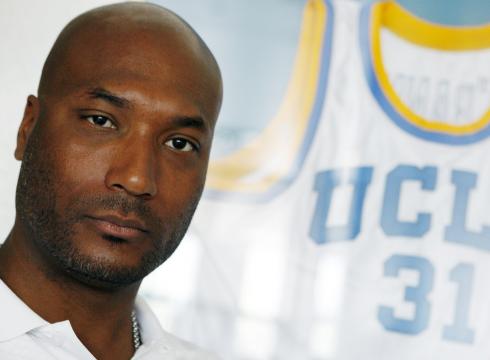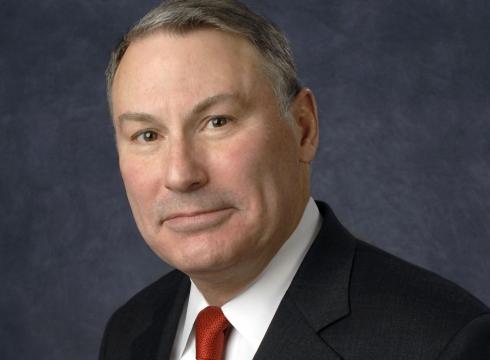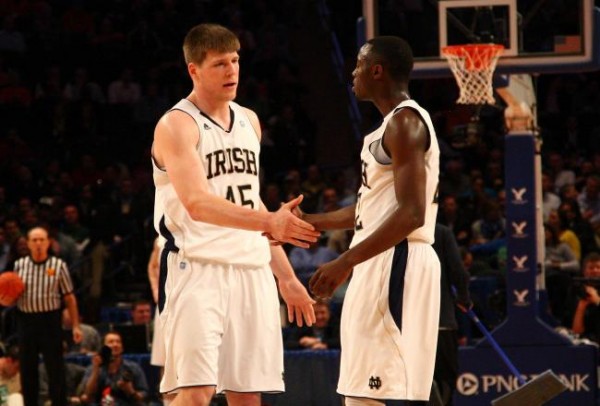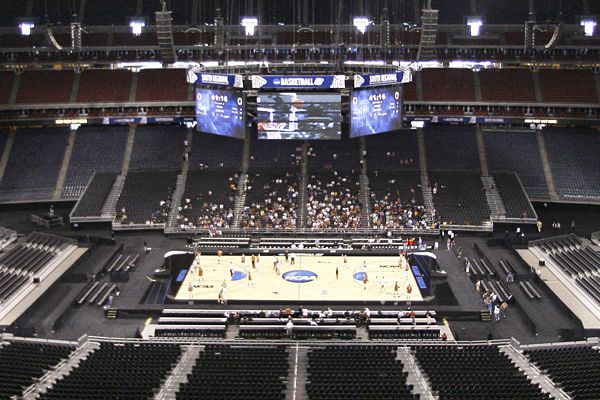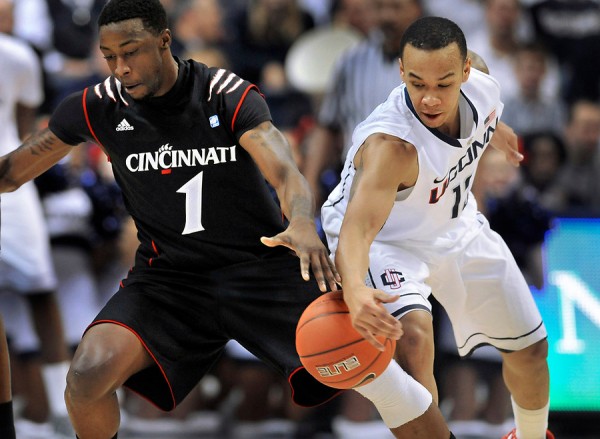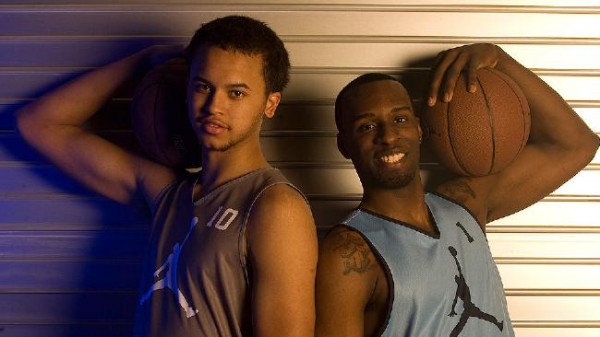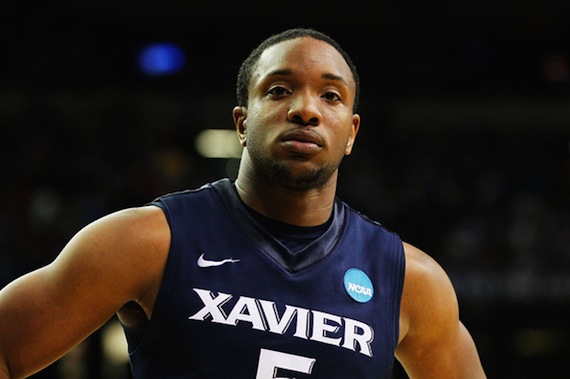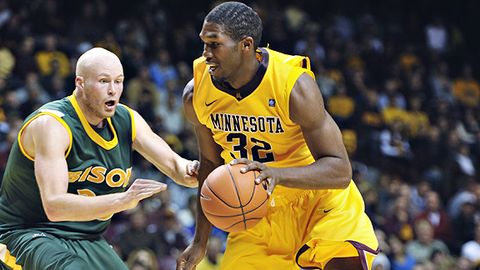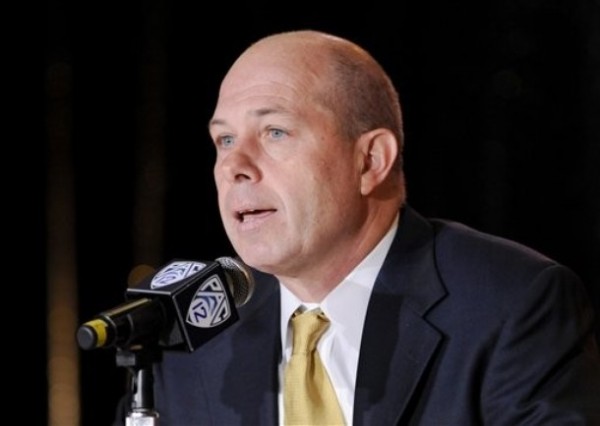Billy Gillispie’s End at Texas Tech Marks the Nadir of a Volatile Coaching Saga
Posted by Chris Johnson on September 21st, 2012Chris Johnson is an RTC columnist. He can be reached @ChrisDJohnsonn.
It was never a question of if, but when for Billy Gillipsie, the embattled former Texas Tech coach who on Thursday officially submitted his resignation from the program. The immediate focus will be on Gillispie’s recent history with the Red Raiders. Namely, the litany of dishonorable allegations – from his inability to get along with assistants and program personnel, to his abusive treatment of players, to his insensitivity for practice time limitations, and a score of other damaging accusations prompting a mass mutiny of players and a meeting with athletic director Kirby Hocutt – chronicled in a CBSSports.com report earlier this month. But it bears remembering that Gillispie was once regarded with high esteem in the college hoops coaching world, a rising star who within the last decade engineered miraculous turnarounds at UTEP and Texas A&M before landing arguably the best coaching position in the sport at Kentucky. Gillispie cited health concerns for his resignation and Hocutt confirmed as much in a statement. But with the mountain of charges piling up against him in recent weeks, his dismissal, whether voluntary of forced, was an eventuality borne of irreparable public and internal denigration, much less a matter of medical distress. Gillispie’s demise in Lubbock completes one of the more unexpected coaching declines in recent memory. For a young leader as successful and precocious and rapidly ascendant as Gillispie once was, it’s shocking to consider his career arc would reach such an abrupt and unforgiving conclusion. He may yet resurface in the coaching ranks, but this latest divorce may have damaged his reputation nearly beyond repair.
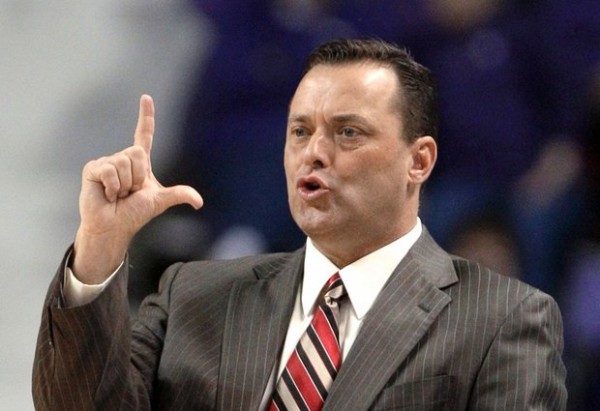
The end to Gillispie’s tenure at Texas Tech was just as rapid as his remarkable rise through the coaching ranks (photo credit: AP)
The irony of Gillispie’s downfall is that the brunt of the criticism – his unrelenting intensity, insular if awkward personality, an almost predisposed fanaticism with the game itself – that led to his exit is what propelled his early coaching rise. Gillispie’s coaching acumen was never in question. From an X’s & O’s perspective, few could match his tactical intuition. Gillispie knew the game, knew it so well he was able to jump-start a long-dormant UTEP program from its six-win doldrums (2002-03) to a 24-win campaign and NCAA Tournament berth in just one year’s time. He continued his ascendancy of the coaching ladder at Texas A&M, where he revitalized a stalled-out hoops program of a football-centric institution with recruiting savvy and doctrinal mastery. Two rapid rebuilds, both at programs lacking the baseline ingredients for immediate success – Gillispie’s work at those places was unprecedented. This is what made his hiring at Kentucky in 2007 such a promising endeavor. In Lexington, where the hoops culture runs deep in a basketball-crazed state, winning – and recruiting the best high school players to facilitate that winning – is more than anything a function of juggling various pressures, of enduring the very brightest of spotlight and the pressing demand for national dominance. It was here, at the mecca of college basketball pageantry, that Gillispie cracked. The tendencies and personality traits that defined Gillispie’s coaching style and keyed his climb up the coaching ladder, proved incompatible with the challenge of Big Blue Nation. Two years, zero NCAA Tournament wins, a prompt but expected firing, and a litany of accusations from players and program personnel (not to mention his third drunken DUI arrest since 1999) about his corrosive interactions with peers, oppressive management of players and generally unproductive behavior throughout brought Gillispie’s once booming career trajectory to halt. But even after his fail at Kentucky, it was fair to assume, given his previous success, that Gillispie simply wasn’t prepared for the rigors of the nation’s most demanding coaching job, that he fell into the wrong situation, a victim of circumstance as much as his own coaching shortcomings.





























